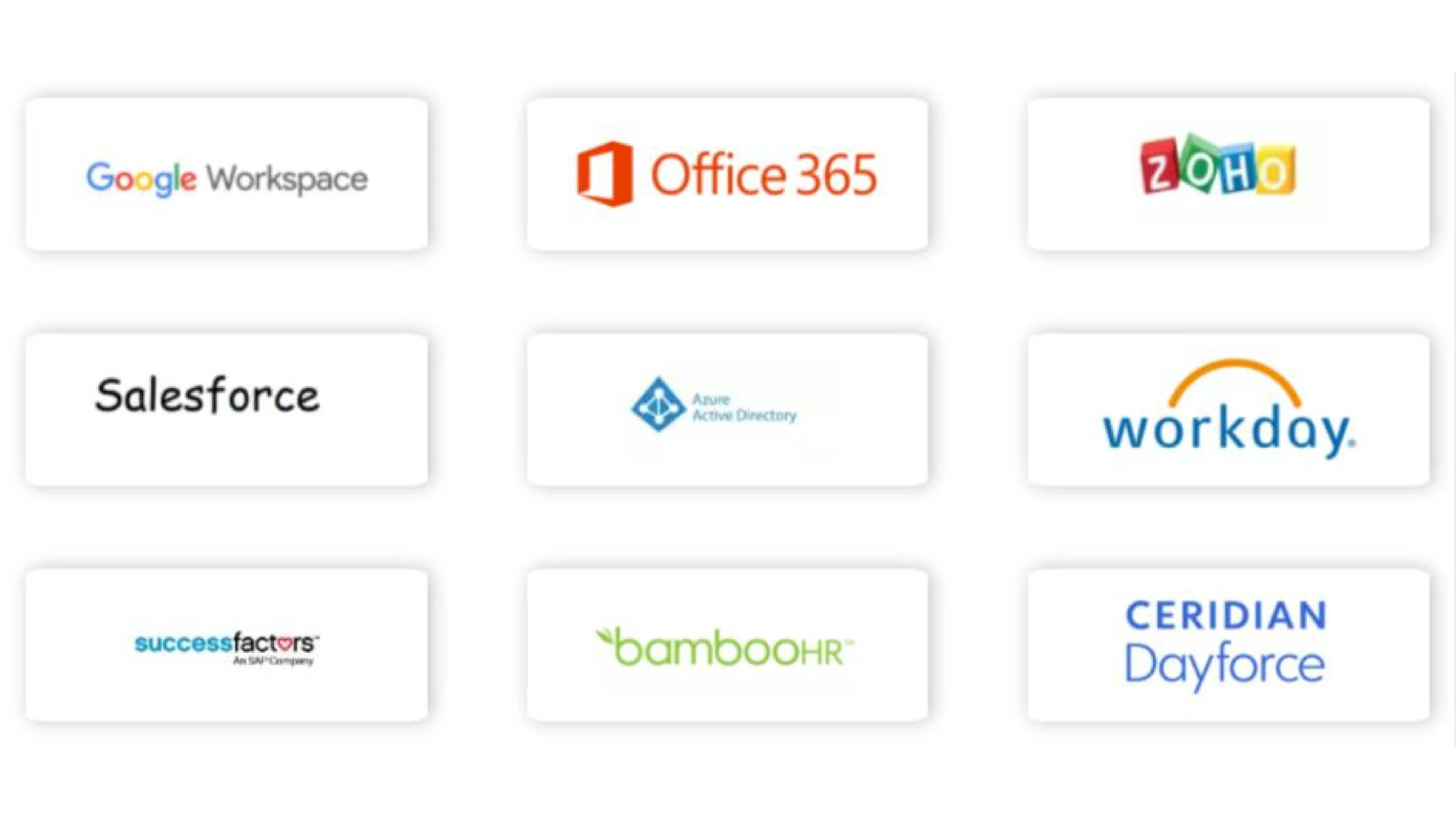Automated Provisioning
Imagine manually onboarding hundreds of new employees at once. If you’re a corporate organization that doesn’t have an IAM, that’s often the case. How do you provision hundreds of new users to their respected systems & applications efficiently? Read through the blog & find the solution yourself.
What is Automated Provisioning?
Automated provisioning or Automated User Provisioning is the method of granting & managing access to apps, websites, data & systems within your organization, through an automated process.
But just as automated provisioning can deploy & activate services for users, it can also remove user access from systems, applications & data. This is called automated de-provisioning. It’s much more efficient than traditional processes of employees’ onboarding & offboarding as changes occur across an organization.
How does automated provisioning work?
In the IAM context, auto-provisioning automates the provisioning of apps/websites or other resources to users across the organization. But how does it work? Automated provisioning grants employees access to applications & resources based on their role & permission levels without the involvement of manually working on user access requests until approved, processed, & activated.

For eg:
- A new employee joins your company, your company’s identity management platform say miniOrange will assign that worker a role through their system.
- The employee is granted access to apps/websites based on their role.
- Their access will be automatically adjusted or revoked if in case they change roles or leave the organization.
Benefits of automated provisioning
Security -
It guarantees that you provide the right permissions for the right people.
Streamlined onboarding -
Automated provisioning allows you to take the onboarding burden off of your Human Resources or IT department through automated provisioning.
Cost Efficient -
With automated provisioning, you can free up time & resources for other tasks.
Error reduction -
Because automated provisioning eliminates manual processes, it also greatly reduces the margin of error.
Why does your company need Automated provisioning?
Problem : In many organizations, HR departments use Microsoft Active Directory (AD) to manage access permissions of employees & devices. AD provides appropriate access privileges to company resources, but it comes with some drawbacks. With AD, IT departments need to spend time managing, configuring & installing each individual cloud app, and provision users manually when they join the organization or change roles. These tedious tasks divert teams’ time & focus from more impactful projects and are prone to human errors that ultimately limit the efficiency of any business.

Solution : miniOrange has the ability to synchronize users with HR applications such as Workday, Microsoft, BambooHR & many more. Now, when an employee is created, updated, or removed in the HR app, miniOrange detects the change and propagates it through all integrated apps & systems – including Active Directory, cloud apps, or on-premise. Because the employee is automatically removed from apps, the seat is freed up, saving money on apps that charge based on active users. This method has the added benefit that on-prem applications which may be integrated with AD are immediately updated as well when users are terminated in the HR system.
miniOrange has pre-integrated apps for Auto Provisioning and Deprovisioning
Find your required Application for Auto-Provisioning here.

Provisioning with SCIM & Understanding its Importance
SCIM, or the System for Cross-domain Identity Management (opens new window)specification, is an open standard designed to manage user identity information. SCIM provides a defined schema for representing users and groups, and a RESTful API to run CRUD operations on those user and group resources. The goal of SCIM is to securely automate the exchange of user identity data between your company’s cloud applications and any service providers, such as enterprise SaaS applications. You can simplify permissions for:
- User Account Provisioning
- Group Provisioning
- User-Group Assignment
For more details refer : SCIM Provisioning Gateway
Additional Resources
- Salesforce Provisioning
- Azure AD Provisioning
- JIT Provisioning
Author




Leave a Comment